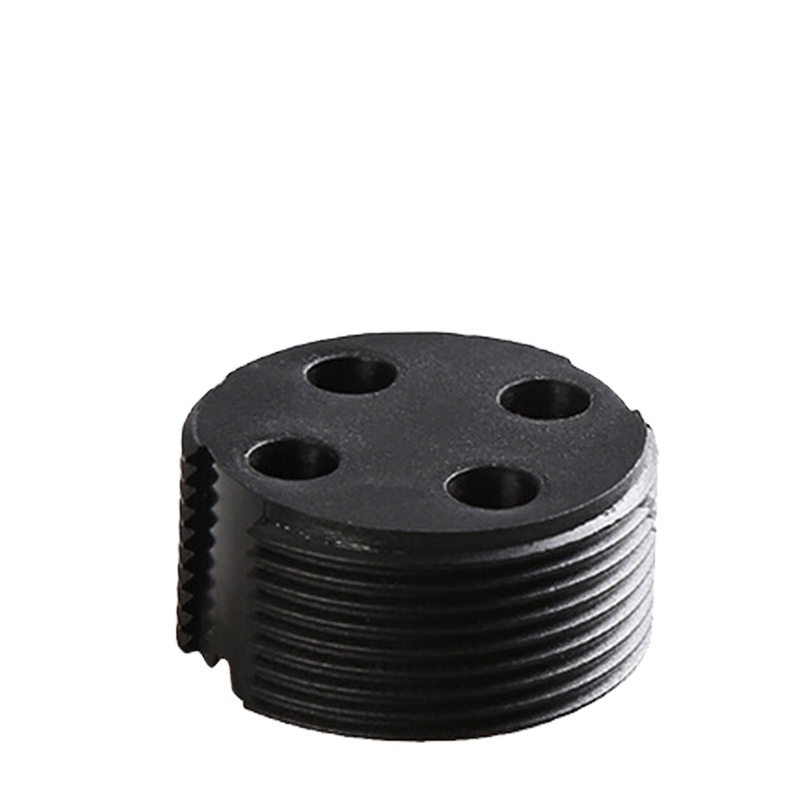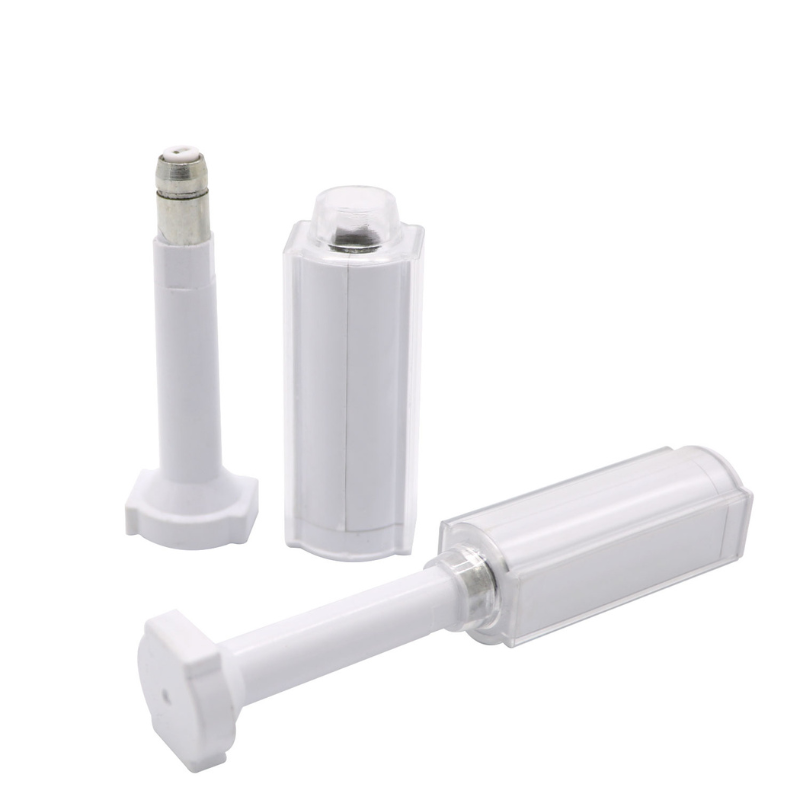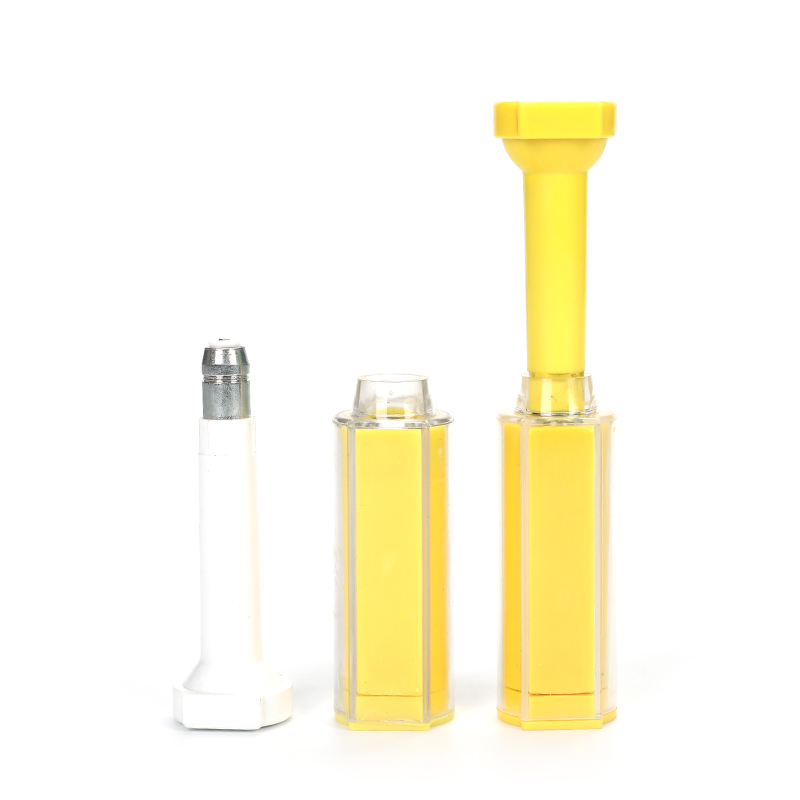
RFID vs NFC: Understanding the Difference Between NFC and RFID
Table of Contents
RFID vs. NFC: Unraveling the Key Differences for Smarter Business Operations
But what exactly is the difference between RFID and NFC? And which one should your business adopt?
This comprehensive guide explores how RFID and NFC work, their key differences, applications, and how to choose the right one for your operations.

What Are RFID and NFC?
RFID – Radio Frequency Identification
RFID uses radio waves to transmit data wirelessly between a tag and a reader. It’s widely used in supply chain logistics, warehouse tracking, manufacturing, and access control.
There are three frequency types:
- LF (Low Frequency): Short read range (30 cm), good for animal tracking
- HF (High Frequency): 13.56 MHz, used for library systems, access cards
- UHF (Ultra High Frequency): Long-range tracking, ideal for inventory and logistics
👉 Browse RFID Tags →
NFC – Near Field Communication
NFC is a subset of RFID that works at short ranges (typically 4–10 cm) and is commonly embedded in smartphones, contactless cards, and wearables.
Key features of NFC:
- Operates at 13.56 MHz (same as HF RFID)
- Requires two devices to be very close
- Offers enhanced security — ideal for payments, access control, and personal authentication
👉 View NFC Tag Products →
RFID vs NFC: Key Differences
| Feature | RFID | NFC |
|---|---|---|
| Communication Range | Up to 100 meters (UHF) | 4–10 cm |
| Frequency Bands | LF, HF, UHF | HF only (13.56 MHz) |
| Primary Use Cases | Inventory, logistics, access control | Mobile payments, authentication |
| Requires Line of Sight? | No | No (but proximity required) |
| Data Security | Moderate | High – encryption built in |
| Device Interaction | One-to-many | One-to-one |
| Reader Cost | Varies by range/frequency | Low – built into most smartphones |
| Tag Types | Passive, Active, Semi-passive | Passive only |
Real-World Use Cases
RFID in Business Operations
- Retail & Warehousing: Track thousands of SKUs across shelves and storage units
- Healthcare: Tag medical equipment for maintenance tracking
- Livestock: Use RFID ear tags to monitor animals
📌 Example: A logistics company reduced inventory errors by 35% using UHF RFID tags.
NFC in Everyday Consumer Scenarios
- Mobile Payments: Used in Apple Pay, Google Pay, and most contactless credit cards
- Smart Posters & Business Cards: Instantly share websites or contact info
- Hotel Access & Wristbands: Tap to unlock doors or charge expenses
📌 Example: A hotel integrated NFC wristbands for guest access and spa billing, increasing upsells by 20%.
RFID & NFC in Inventory Management
Both technologies can support inventory workflows — but their capabilities differ:
| Task | RFID Tags | NFC Tags |
|---|---|---|
| Bulk scanning of inventory | ✅ Excellent | ❌ Not suitable |
| Shelf-level identification | ✅ Accurate at range | ⚠️ Short-range only |
| Smartphone scanning | ❌ Requires reader | ✅ Works with modern phones |
| Asset authentication | ✅ Good | ✅ Excellent |
| Anti-theft systems | ✅ Widely used | ❌ Less common |
👉 Need RFID tags for warehouse use?
Check out our RFID Inventory Solutions →
Choosing Between RFID and NFC
When deciding between the two, ask:
| Consideration | Best Choice |
|---|---|
| Do you need to scan items from a distance? | RFID |
| Do users interact with a phone or card up-close? | NFC |
| Are you tracking many items at once? | RFID |
| Do you need encrypted peer-to-peer communication? | NFC |
| Want to enable mobile payments? | NFC |
Pro Tip: Many companies use both technologies — RFID for internal logistics and NFC for customer interaction or authentication.
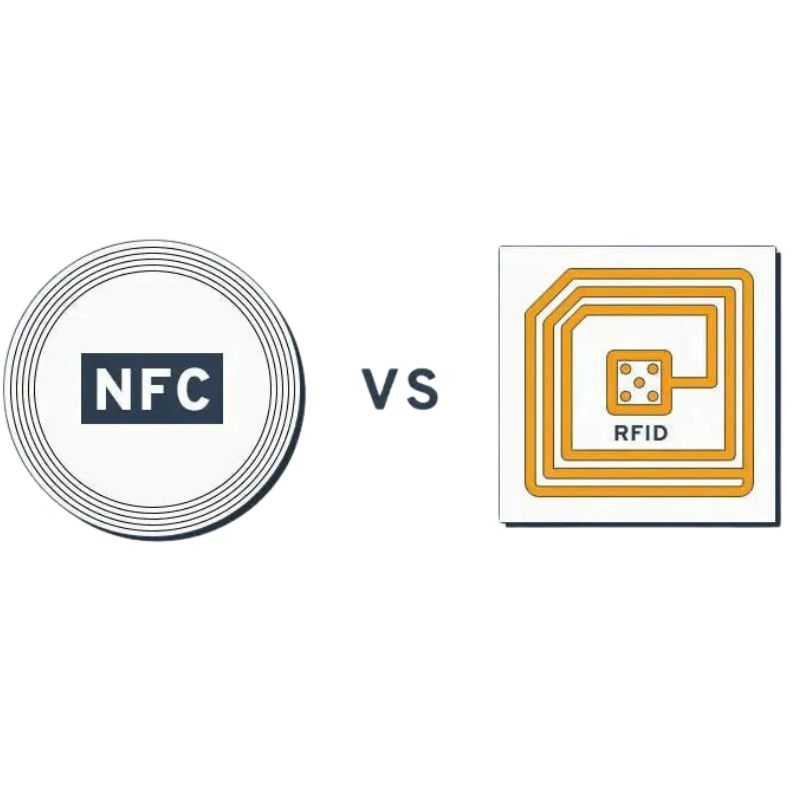
FAQs on RFID vs. NFC
What’s the difference between RFID and NFC?
RFID offers long-range identification (up to 100 meters), while NFC works over short distances (4–10 cm) and is more secure for peer-to-peer exchanges.
Is NFC a type of RFID?
Yes. NFC is based on HF RFID standards (ISO 14443), making it a specialized subset optimized for secure, short-range communication.
Which is better for asset tracking?
RFID, especially UHF tags, are better suited for tracking inventory and assets at scale.
Can NFC be used for inventory?
Technically yes, but it’s inefficient for large-scale scanning due to its limited range and one-to-one interaction model.
Do smartphones support RFID?
Most smartphones support NFC, but not UHF RFID. You’ll need a dedicated reader for most RFID inventory solutions.

Ray Zhou
This article was written by Ray Zhou, an RFID technology expert with more than 10 years of industry experience.
Comments
Hot Products
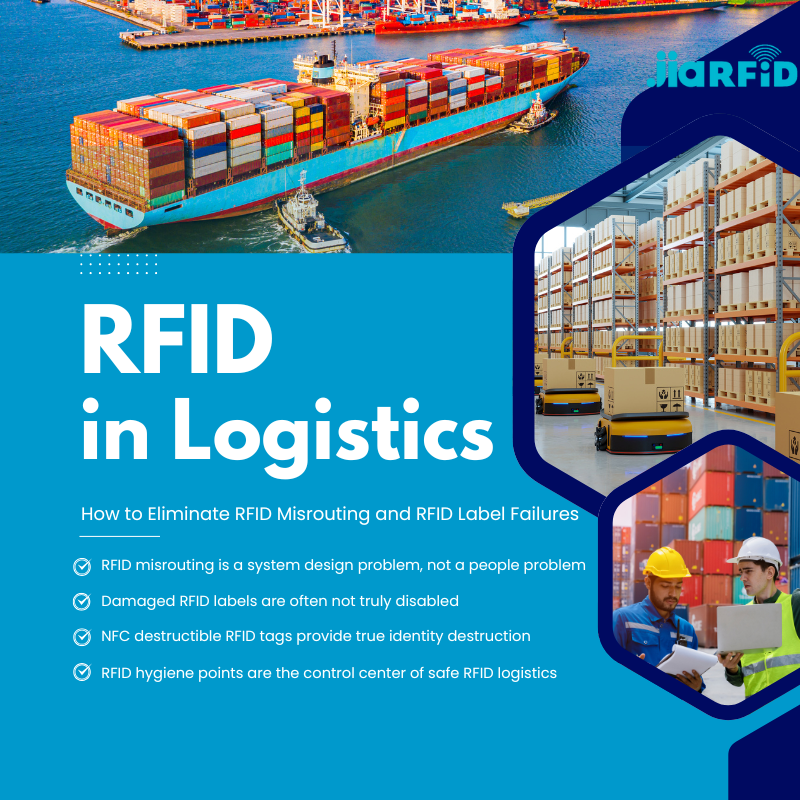
RFID in Logistics: How to Eliminate RFID Misrouting and RFID Label Failures
RFID in logistics is more than just a tool to speed up processes. It has become a key part of how modern supply chains operate.

What Is RFID Waste Management
Imagine a city where every trash bin speaks — not literally — but through a tiny chip that tells the system when it’s full, when it’s emptied, and where it went. That’s what RFID waste management is doing today.
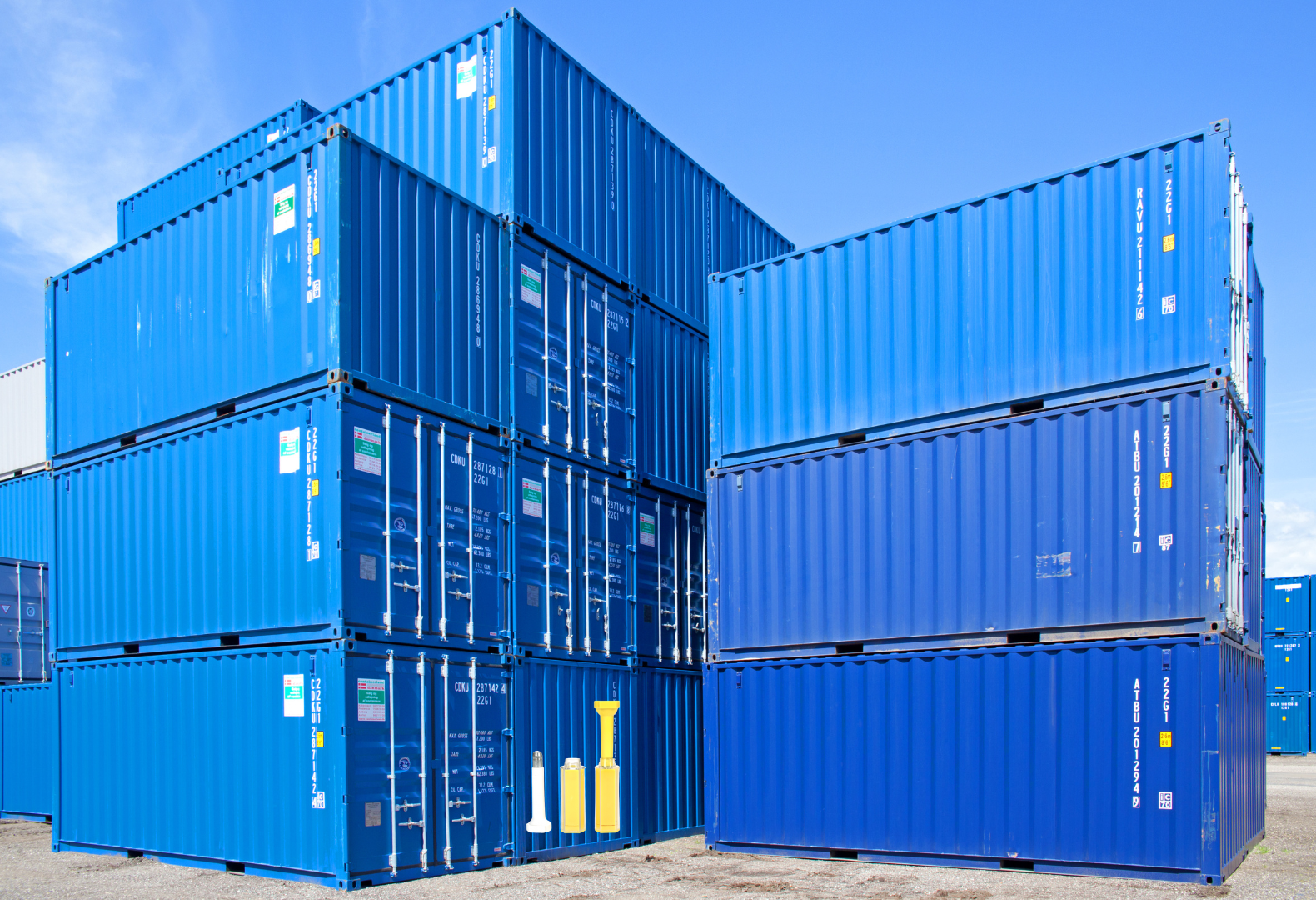
What are Bolt Seals and their Applications? | Complete Guide
In global trade and logistics, bolt seals play a crucial role in ensuring cargo security and compliance. These small but powerful devices are designed to lock shipping containers, trailers, and cargo doors with a tamper-evident mechanism.
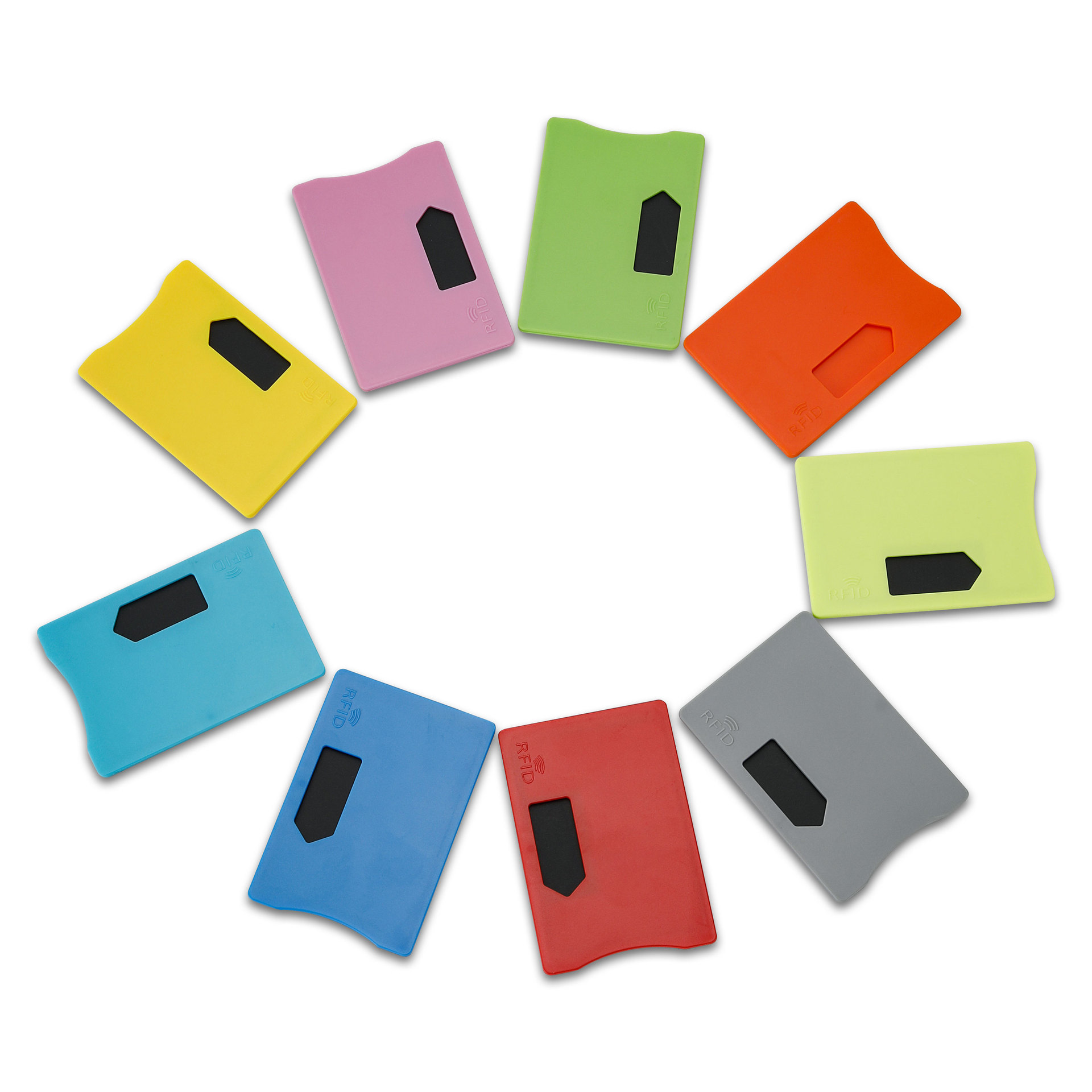
What is an RFID Card Protector? Benefits, Use Cases, and Buying Guide
RFID technology (Radio Frequency Identification) is everywhere: in your credit cards, ID badges, transit passes, hotel room keys, and more. It offers speed and convenience, but it also opens the door to a new kind of digital theft called “skimming.” That’s where an RFID card protector comes in.

RFID Wristbands for Events: Bulk Buying Guide for Organizers
RFID wristbands for events are becoming the go-to solution for organizers who need faster entry, fraud prevention, and cashless payments at concerts, festivals, and sports venues. Unlike paper tickets or QR codes, these smart wristbands use embedded chips to streamline access, secure transactions, and improve the guest experience.
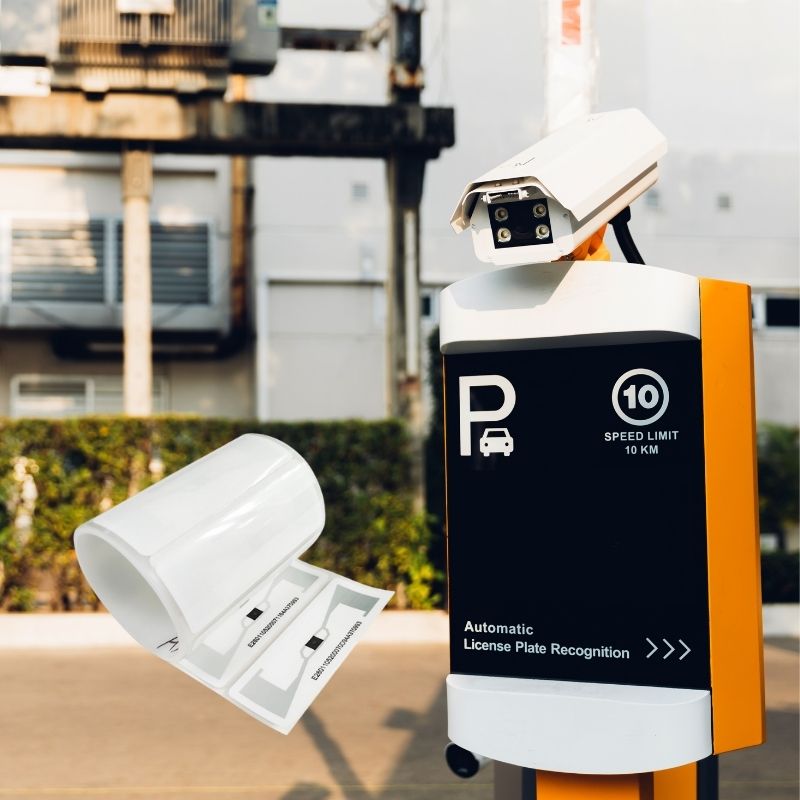
How RFID Tag on Windscreen Improves Vehicle Access Control and Toll Systems
In today’s fast-paced world, vehicle identification needs to be quick, secure, and contactless. An RFID Tag on the Windscreen provides exactly that — a reliable way to manage toll collection, parking, and gated access without stopping vehicles.
Tags
RELATED BLOGS

RFID in Logistics: How to Eliminate RFID Misrouting and RFID Label Failures
RFID in logistics is more than just a tool to speed up processes. It has become a key part of how modern supply chains operate.

What Is RFID Waste Management
Imagine a city where every trash bin speaks — not literally — but through a tiny chip that tells the system when it’s full, when it’s emptied, and where it went. That’s what RFID waste management is doing today.

What are Bolt Seals and their Applications? | Complete Guide
In global trade and logistics, bolt seals play a crucial role in ensuring cargo security and compliance. These small but powerful devices are designed to lock shipping containers, trailers, and cargo doors with a tamper-evident mechanism.


